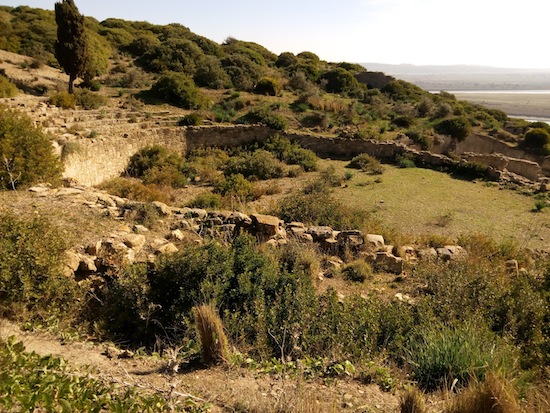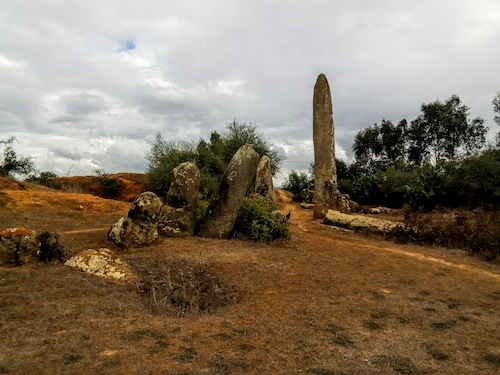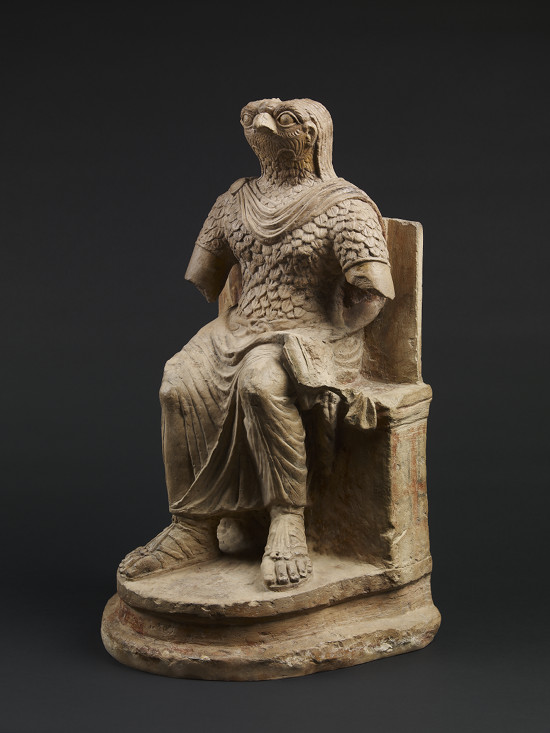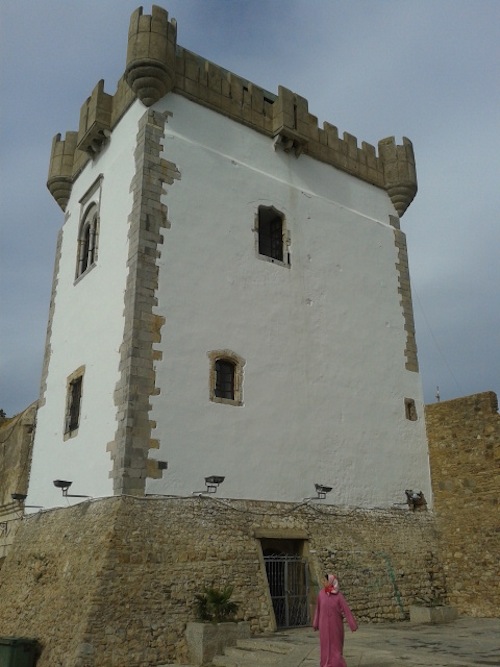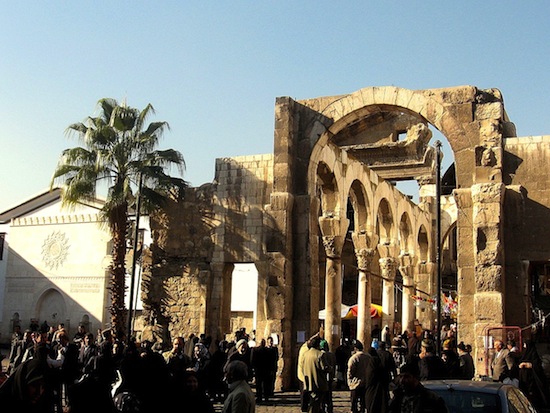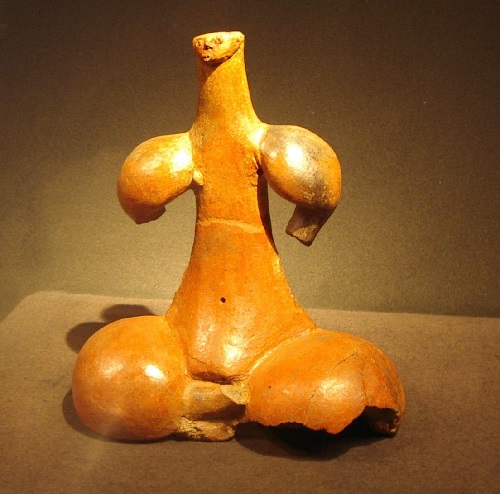Larache: An Old Spanish Colony in Morocco
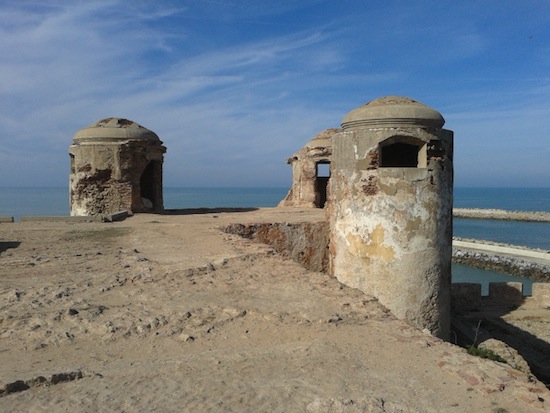
Morocco is a country of many parts. While most visitors go down the the Atlas Mountains and the important cities in the interior like Fez and Marrakesh, or strike out into the southern desert, the Moroccan coast is well worth a visit. The Atlantic coast in particular has some interesting historic ports.
Larache is an hour and a half drive along the coast from the Strait of Gibraltar and makes for a good day trip from Tangier. Nearby is the Roman city of Lixus, the main reason we went. Lixus used to be a harbor until the Oued Loukos estuary silted up, marooning it inland and forcing the residents to build the newer city of Larache around the 15th century AD.
For many years it was an important fishing port and was the main shipbuilding center for the Barbary corsairs. Local artisans used wood from the nearby Forest of Mamora, which still stands today and makes a good place for a peaceful stroll.
